The Battle of Amiens, Aug 8 - 11, 1918
The German Spring Offensive reached its greatest penetration by June 12, 1918. Determined French resistance stopped the Germans at the Second Battle of the Marne, roughly 100 km from Paris. Beginning on July 18 French and American forces forced the Germans to retreat towards Soissons. The German advance had created a huge bulge. Allied planners realized that attacks on the flanks of this bulge could force the entire German army to retreat to avoid being cut off. The Britsh were given the task of attacking the German's right flank at Amiens.
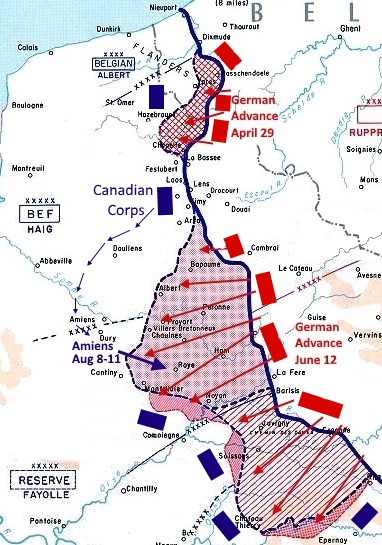
By 1918 the Germans saw the Canadian and Australian forces as the best Allied attack troops. Both had a reputation for innovative, well planned and well executed attacks, and for the fierceness and determination of their soldiers. At Amiens these two formidable fighting forces would work together for the first time, meaning double trouble for the Germans!
A key factor in the Amiens final plan was secrecy and surprise. The Germans had been closely monitoring the movements of the Canadian Corps. They knew that wherever Canadians moved, you could expect an attack. The Canadian Corps' four infantry divisions successfully slipped away from their usual posting near Arras and arrived near to Amiens without being detected by the Germans.
To help achieve surprise, there was no pre-battle bombardment, only massive artillery fire immediately prior to the advance of Australian, Canadian, and British forces. The final bombardment involved 1,386 field guns and howitzers and 684 heavy guns. After extensive air photography and reconnaissance the artillery planners devised a firing plan which allowed 504 out of 530 German guns to be hit at "zero hour", while a creeping barrage preceded the infantry.The use of tanks was another key element of the attack. The Canadian and Australian Corps were each allocated 108 Mark V fighting tanks, 36 Mark V "Star", and 24 armoured supply carriers to bring supplies and ammunition forward. The Cavalry Corps also had 96 small faster "Whippet" tanks, to be used to pursue any escaping enemy.
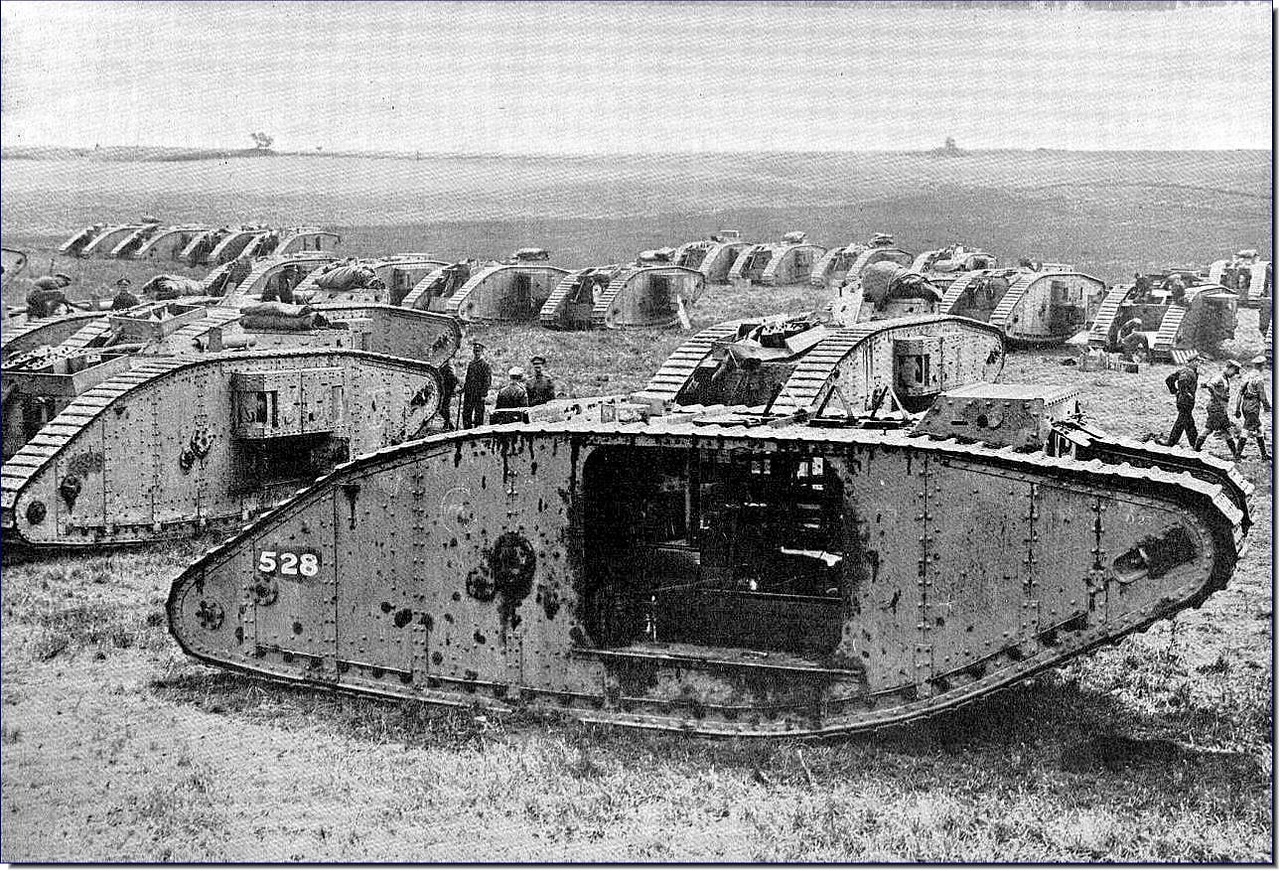
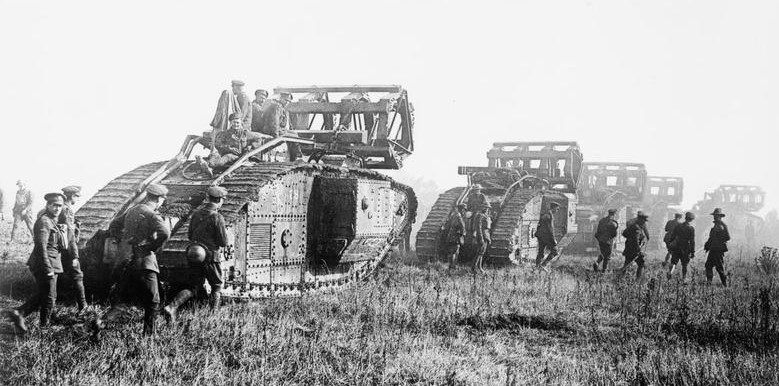
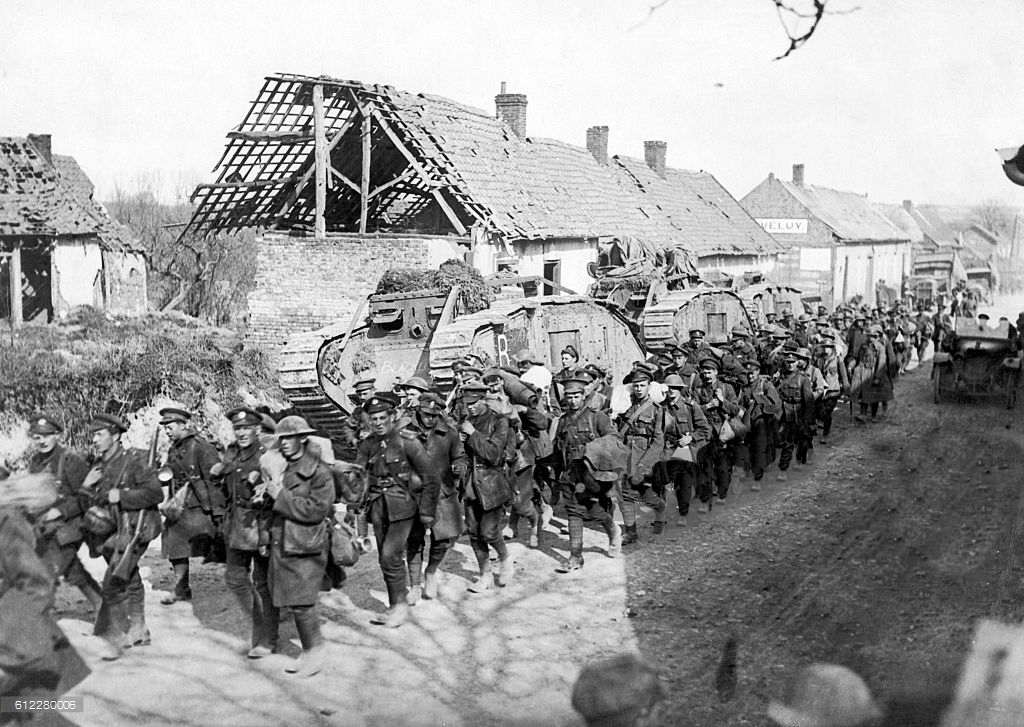
The battle began in dense fog at 4:20 am on August 8. The British 18th and 58th Divisions attacked north of the Somme, the Australian 2nd and 3rds Divisions to the south of the river. and the Canadian 1st, 2nd and 3rd Divisions to the south of the Australians. The attack was so unexpected that surprised German forces did not return fire for five minutes. By 7:30 the attackers had penetrated 3.7 km and had taken the first German position. At 8:20 am, the Australian 4th and 5th Divisions and Canadian 4th Division leapfrogged past the first attack wave and penetrated 4.8 km - deep behind the German defences. By the end of the day Allied forces had driven the Germans back 11 km. Air attacks and armoured car fire kept the retreating Germans from reorganizing.
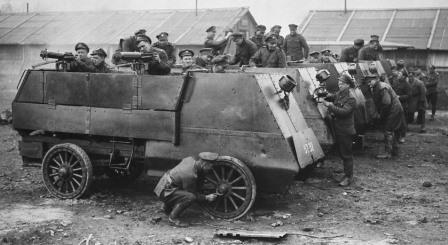
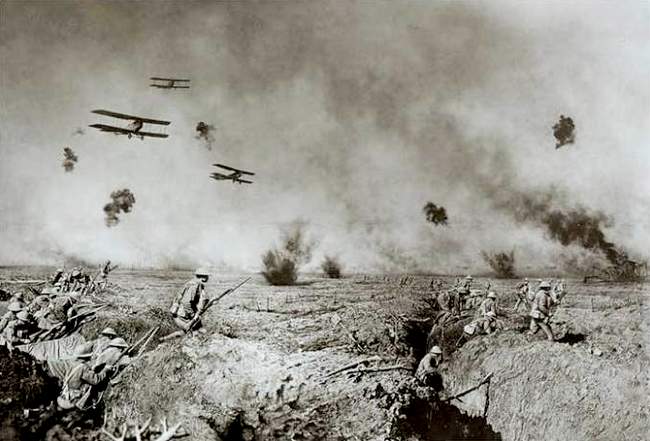
By the end of the day a gap 24 km long was punched in the German line south of the Somme. In just three days, the German lost 30,000 men killed or wounded and 16,000 captured. Five German divisions had been destroyed. Allied casualties were approximately 8,800. The German General Erich Ludendorff described Amiens as the ""the Black Day of the German Army" ("Die Schwarzer Tag des deutschen Heeres""), because the morale of the German troops had sunk to the point where large numbers of troops were surrendering.